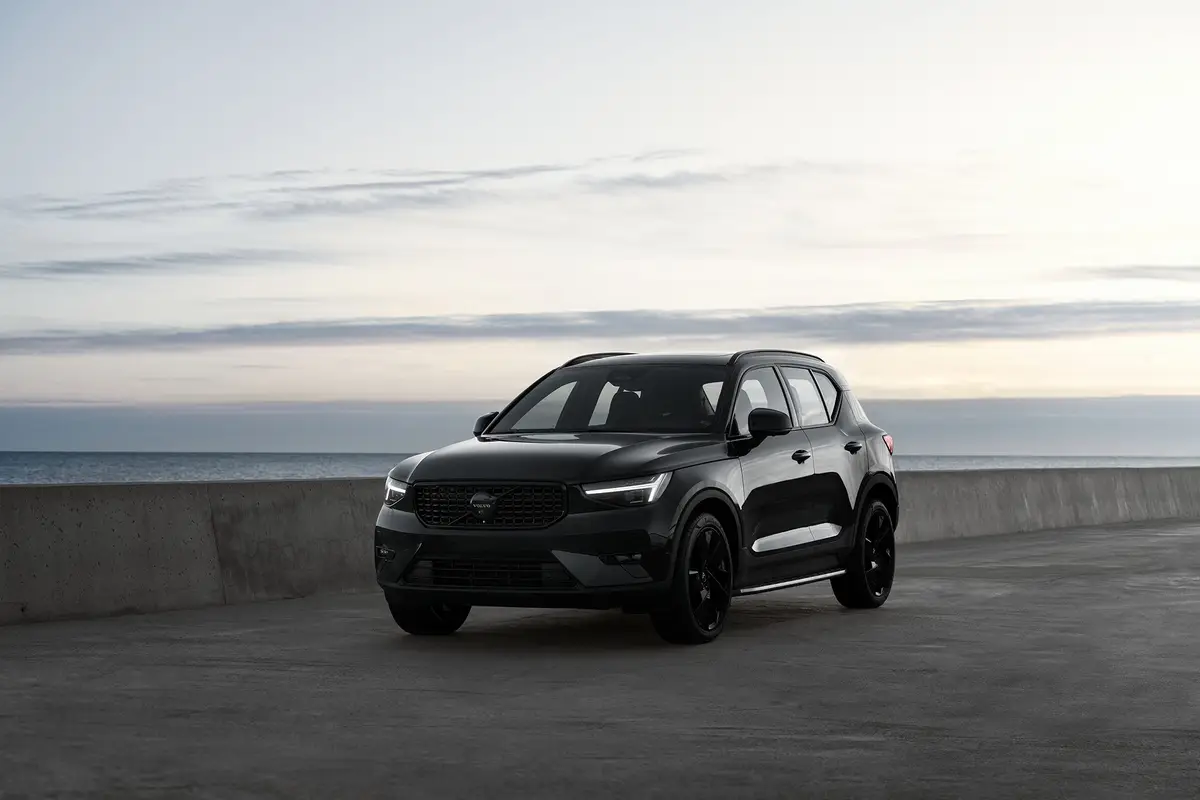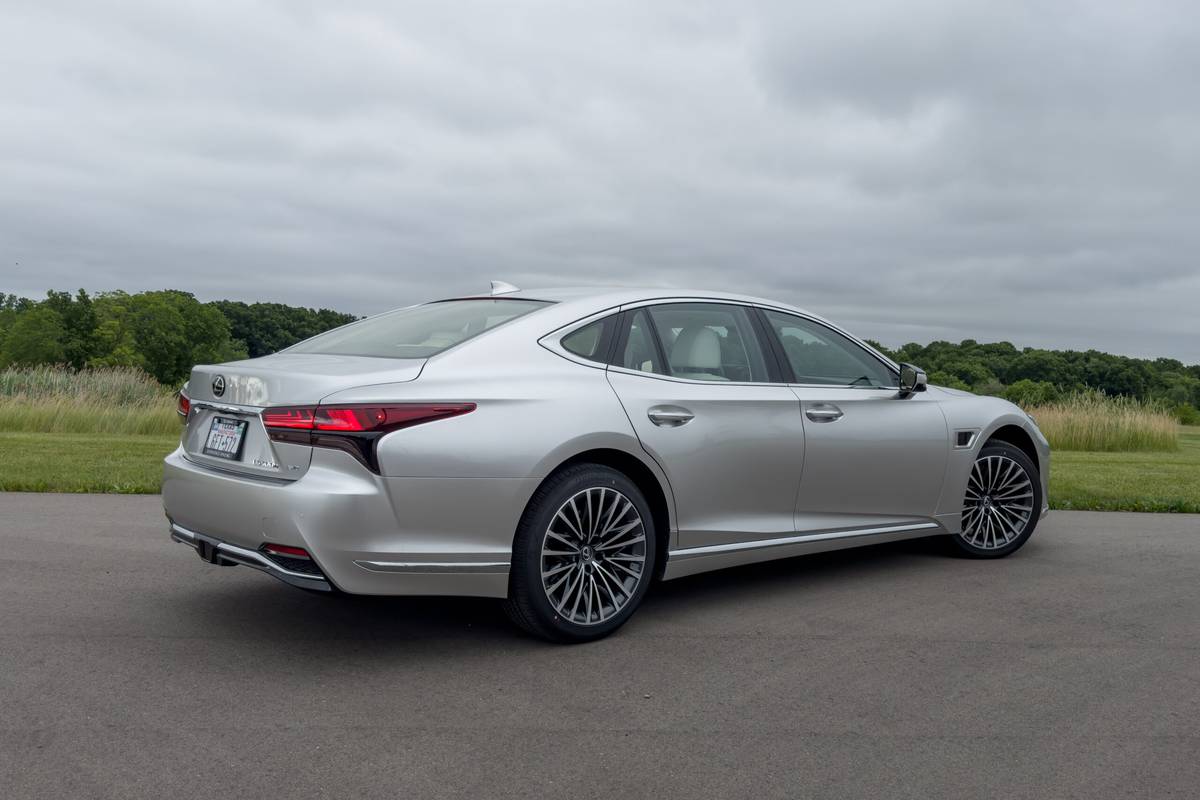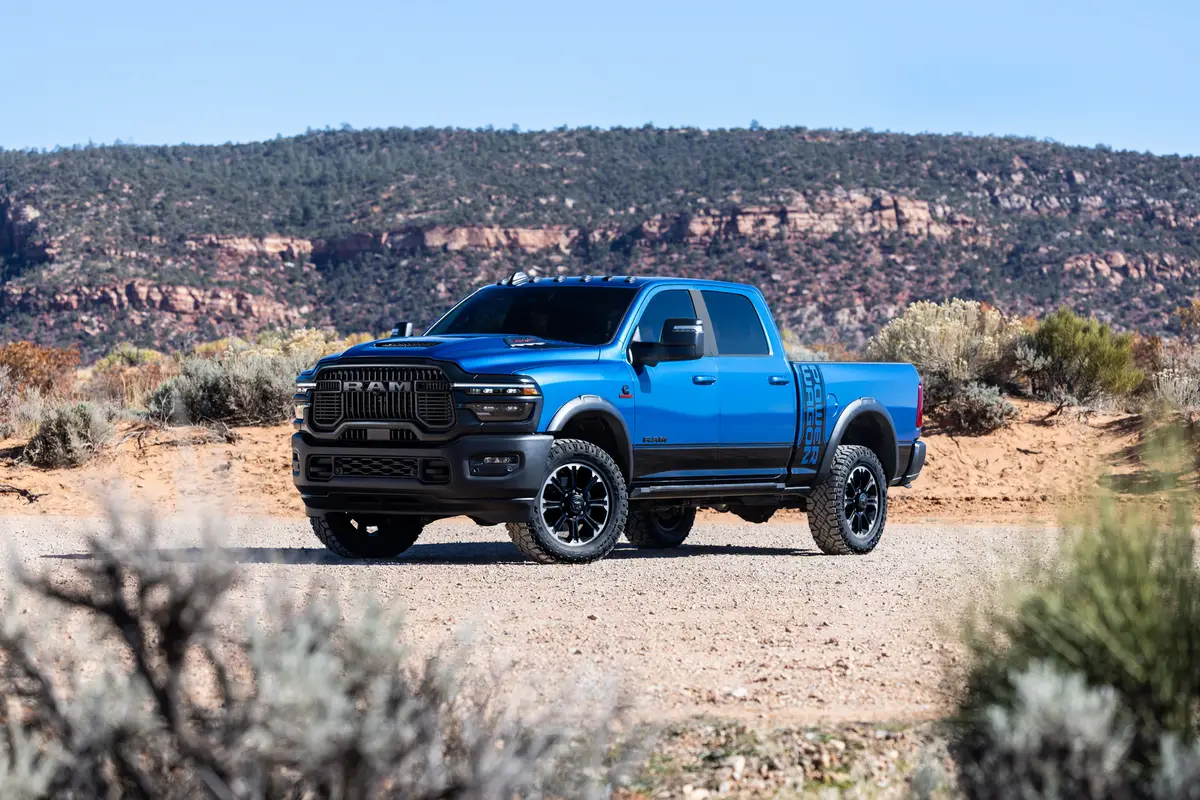washingtonpost.com's view
I WAS waiting for lightning to strike. It never did. No zap. No zoom. Just a 1994 900 S Saab. What a letdown! And it was mostly my fault: I liked the new Saab’s ads. I was a sucker for the hype. My expectations were so high, no car could’ve met them.
And what was I expecting from this whoop-de-doo, all-new Saab? Something akin to God with a four-cylinder engine, I guess. Some mechanized epiphany, some unequivocal breakthrough in things automotive.
But all I got was a nice-enough Saab with four doors and a hatchback, and pretty green paint. The car was completely remodeled front to rear, a shining example of the Saab 900’s first extensive revision in 15 years. Maybe that was it. I figured that something so changed should be great.
The tested 900 S was good, but not great, especially when compared with its competitors.
Safety, for example, has always been a hallmark of Saab engineering. Certainly that was the case in the test car. It came with dual air bags, improved side-impact crash resistance and rollover roof-crush protection, front-and-rear exterior crumple zones designed to absorb as much crash energy as possible before transmitting it to the passenger cabin, three-point seat belts in all five seating positions, standard anti-lock brakes.
But the same level of safety can be found in almost any other mid-size car in the $20,000 to $30,000 range: Check out the Toyota Camry, Honda Accord, Ford Taurus, Oldsmobile Eighty-Eight and Chrysler Concorde. All pretty darned safe cars, some of them come with more amenities than the Saab 900 at a lower price. And, yeah, most of them are prettier than the new Saab, too.
What I’m left with is a kind of blah feeling, a pervasive “So what?” Maybe I’ll get excited about the Saab 900 in the spring, when the convertible version rolls around. A little fresh air, a little sun, the wind blowing through my curls. Yeah, maybe that’ll do it.
Background: Quirkiness long has been a selling point for Saabs. Unfortunately, a relatively small number of U.S. car buyers are into quirky stuff. Thus, to expand its market, Saab Automobile AB — which is 50 percent-owned by General Motors of Europe — decided to give its 900 car a bit of mass appeal.
The almost crease-like angularity of the old 900 was smoothed over. Indeed, the rear end now seems to belong to the rest of the car. The famous Saab grille was retained up front, yet it too has a softer face.
But the makeover may not be enough to attract new Saab buyers and it might be too much to hold onto the old 900 crowd: 53 percent male, 47 percent female, most of whom hold professional or managerial positions and earn between $50,000 and $150,000 per year.
The new 900 is sold three ways: four-door hatchback, two-door hatchback and convertible. There are two style categories, the base S and upscale SE. All Saab 900 models are front-engine, front-wheel drive. The hatchbacks are design ed to carry five people and 24 cubic feet of cargo. The convertible carries four people and up to 12 cubic feet of cargo.
For 1994, the Saab 900 runs with a base, 2.3-liter, four-cylinder, 16-valve, transverse-mounted, electronically fuel-injected engine rated 150 horsepower at 5,700 rpm. Maximum torque is 155 foot-pounds at 4,300 rpm. A 170-horsepower V-6 is optional.
A five-speed manual gearbox is standard. An electronically controlled, four-speed automatic is optional.
Complaints: The ride is somewhere between a limo and a truck. Also, the five-speed gearbox feels a lot better in the new model than in previous Saabs. But when it comes to shifters, Saab can learn a few things from BMW and Toyota.
Praise: An elegant tank, the perfect car for people who feel the world is out to get them. Extremely well-constructed. Tight.
Head-turning quotient: The essence of odd, it’s a “smugly” car — ugly, but different enough to be smug about it.
Ride, handling and acceleration: So-so ride. Excellent handling, especially on winter-slick roads. Standard brakes include power four-wheel discs with anti-lock backup. Excellent braking under all road conditions. Decent acceleration in the tested, four-cylinder model.
Mileage: About 26 to the gallon (18-gallon tank, estimated 458-mile range on usable volume of regular unleaded), running mostly highway and driver only.
Sound system: Electronic AM/FM stereo radio and cassette, installed by Saab. Decent.
Price: Base price is $20,990. Dealer invoice is $19,678. Price as tested is $21,440, including a $450 destination charge.
Purse-strings note: A well-equipped, safe, reasonably priced car that is surrounded by worthy competitors. Comparison shop.
Latest news



